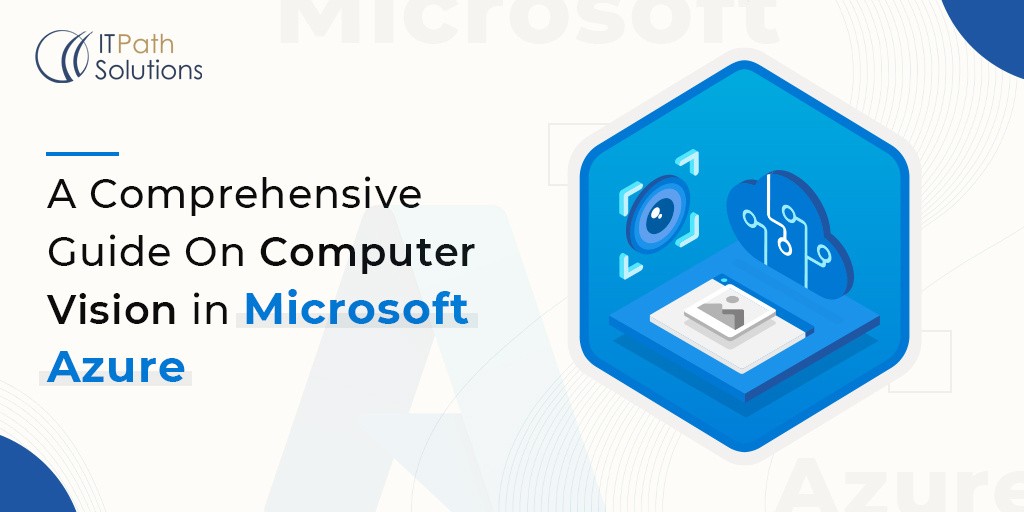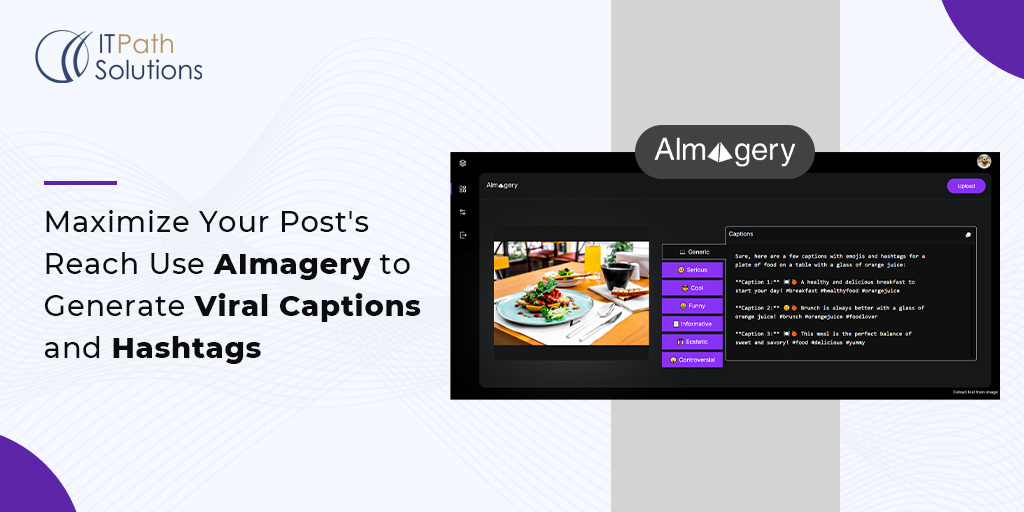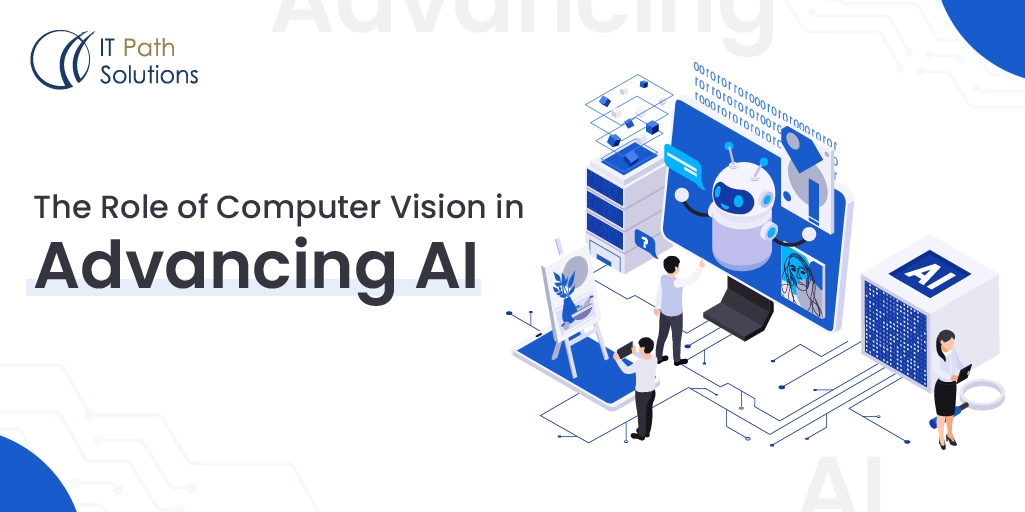Explore Computer Vision in Microsoft Azure: Complete Guide
Computer Vision and AI
In today’s digital age, the ability to understand and interpret visual information is crucial for businesses seeking to innovate and remain competitive. Computer vision, a field of artificial intelligence (AI) that enables machines to interpret and make decisions based on visual data, has emerged as a powerful technology. Microsoft Azure, the cloud computing platform by Microsoft, offers a comprehensive suite of tools and services for implementing and harnessing the capabilities of computer vision. In this guide, we will explore the fundamentals, features, and practical applications of computer vision in Microsoft Azure.
Computer Vision In Microsoft Azure
Understanding Computer Vision
Computer vision enables machines to analyze and interpret visual information, mimicking the human ability to see and comprehend the world. This technology utilizes deep learning algorithms, neural networks, and image processing techniques to extract meaningful insights from images and videos. In the context of Microsoft Azure, computer vision is achieved through Azure Cognitive Services, a set of APIs and services that enable developers to integrate AI capabilities seamlessly into their applications.
Key Components of Azure Computer Vision
1. Azure Cognitive Services: Vision
Azure Cognitive Services encompasses various APIs, and the Vision API is specifically designed for computer vision tasks. It provides a range of functionalities, including image recognition, object detection, and optical character recognition (OCR). Developers can leverage the Vision API to build applications that can analyze visual content and derive valuable information.
2. Azure Custom Vision
For scenarios where pre-trained models may not suffice, Azure Custom Vision allows AI developers to create and train their own computer vision models. This service empowers businesses to tailor models to their specific needs, enhancing accuracy and relevance in visual recognition tasks.
3. Azure Face API
The Face API within Azure Cognitive Services enables facial recognition and analysis. It can detect and identify faces in images, estimate age and emotion, and even verify if two faces belong to the same person. This functionality finds applications in authentication, sentiment analysis, and user engagement.
4. Azure Computer Vision SDK
The Azure Computer Vision SDK provides a development framework for building applications with computer vision capabilities. Developers can use this SDK to integrate Azure’s computer vision services directly into their codebase, facilitating seamless implementation and customization.
Getting Started: Building Your First Computer Vision App on Azure
Step 1: Azure Account Setup
To embark on your computer vision journey with Microsoft Azure, the first step is to create an Azure account. Azure offers a free tier with limited resources, allowing users to explore and experiment without incurring charges.
Step 2: Creating a Computer Vision Resource
Once your Azure account is set up, create a computer vision resource. This resource serves as the hub for managing and utilizing Azure’s computer vision services.
Step 3: Accessing Azure Cognitive Services: Vision API
With your computer vision resource in place, you gain access to the Vision API. Obtain the necessary API keys and endpoints, which are crucial for integrating the service into your application.
Step 4: Integration with Code
Whether you’re working with Python, C#, or another supported language, Azure’s Computer Vision SDK allows for straightforward integration. Leverage the SDK to send requests to the Vision API, analyze images, and extract valuable information.
Step 5: Exploring Customization with Azure Custom Vision
For more tailored solutions, delve into Azure Custom Vision. Train your own models by providing labeled data and fine-tune them to achieve optimal performance in specific use cases.
Real-World Applications: How Businesses Use Computer Vision on Azure
Retail and E-Commerce
In the retail sector, computer vision on Azure is employed for inventory management, shelf monitoring, and cashier-less checkout systems. E-commerce platforms leverage visual search capabilities, enabling users to find products by uploading images.
Healthcare
In healthcare, Azure’s computer vision services contribute to medical image analysis, aiding in the diagnosis of diseases. Facial recognition is utilized for patient identification, enhancing security and streamlining processes.
Manufacturing and Quality Control
Manufacturing industries benefit from computer vision for quality control and defect detection. Azure’s capabilities enable automated inspection of products on the production line, ensuring adherence to quality standards.
Automotive and Autonomous Vehicles
Computer vision plays a pivotal role in the development of autonomous vehicles. Azure’s computer vision services enable vehicles to perceive and respond to their environment, enhancing safety and efficiency.
Best Practices for Optimizing Computer Vision Workloads on Azure
Data Preprocessing:
- Ensure that your input data is well-preprocessed, enhancing the accuracy of your computer vision models. Techniques such as normalization and augmentation contribute to better training outcomes.
Optimized Model Selection:
- Choose the right computer vision model for your specific task. Azure provides a variety of pre-trained models optimized for different purposes. Selecting the most suitable model is key to achieving optimal results.
Scaling Resources:
- Depending on the scale of your application, consider scaling your resources to meet the demand. Azure offers scalability options that allow you to adjust resources dynamically based on workload.
Continuous Monitoring and Evaluation:
- Implement a robust monitoring system to continuously evaluate the performance of your computer vision models. Azure provides tools for monitoring and logging, enabling you to identify and address issues promptly.
Security Measures:
- Prioritize the security of your computer vision application. Utilize Azure’s security features, including role-based access control (RBAC) and encryption, to safeguard data and ensure compliance with privacy regulations.
The Future of Computer Vision: Azure’s Role in Emerging Trends
As technology advances, several emerging trends are shaping the future of computer vision, and Microsoft Azure is at the forefront of these developments.
1. Edge Computing for Real-Time Processing:
The integration of computer vision with edge computing allows for real-time processing of visual data. Azure’s Edge AI capabilities enable devices to analyze and respond to visual information locally, reducing latency.
2. Explainable AI:
Explainable AI is gaining importance, especially in critical applications such as healthcare. Azure’s focus on interpretability and transparency in machine learning models ensures that predictions and decisions can be understood and trusted.
3. Integration with IoT:
The intersection of computer vision and the Internet of Things (IoT) is expanding. Azure provides a seamless integration of computer vision services with IoT devices, enabling the development of intelligent and responsive systems.
Troubleshooting Common Challenges in Azure Computer Vision Projects
1. Insufficient Data Quality:
Poor data quality can hinder the performance of computer vision models. Address this challenge by ensuring that your training data is diverse, representative, and accurately labeled.
2. Overfitting:
Overfitting occurs when a model performs well on training data but poorly on new, unseen data. Regularization techniques and using more diverse training data can mitigate overfitting.
3. Deployment Challenges:
Deploying computer vision models into production can be complex. Azure provides tools and services for seamless deployment, but careful planning and testing are essential to avoid issues.
4. Performance Bottlenecks:
Identifying and addressing performance bottlenecks is crucial for achieving optimal results. Monitor your application’s performance and utilize Azure’s scaling options to manage increased workloads.
5. Security Concerns:
Security is a top priority in computer vision applications. Ensure that your application adheres to security best practices, including encryption, secure communication, and proper access controls.
Conclusion:
Microsoft Azure offers a robust and comprehensive set of tools and services for implementing computer vision solutions. Whether you are a developer, data scientist, or business leader, Azure’s capabilities empower you to unlock the full potential of visual intelligence. From building your first computer vision app to addressing common challenges and exploring future trends, Azure provides a versatile and scalable platform for innovation. Embrace the possibilities of computer vision in Microsoft Azure and embark on a journey to transform the way you see and understand the world of data.
 Healthcare
Healthcare  Education
Education  Real Estate
Real Estate  Logistic
Logistic  Fitness
Fitness  Tourism
Tourism  Travel
Travel  Banking
Banking  Media
Media  E-commerce
E-commerce  Themes
Themes
 Plugins
Plugins
 Patterns
Patterns

